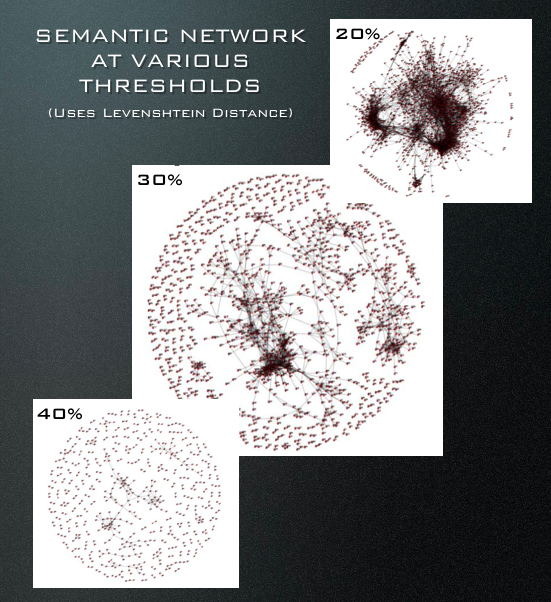
Agenda Control and Careful Inferences
What are the class of potential inferences one should draw when the Chief Justice behaves in a manner which would appear at odds with our prior understandings of his jurisprudence? As I have argued in my previous article Institutional Rules, Strategic Behavior and the Legacy of Chief Justice William Rehnquist: Setting the Record Straight on Dickerson v. United States, there is significant reason to be careful about the class of inferences one draws under conditions similar to those accompanying yesterday’s decision in NAMUNDO v. Holder.
A significant strain of the literature in political science is devoted to studying the power of agenda control. The primary power of Chief Justice of the United States Supreme Court is the power of opinion assignment. This includes the right of the Chief to assign to himself the task of opinion writing. Of course, this authority is qualifed as it only applies when he finds himself in the majority coalition. If he finds himself outside of the majority, the Senior Associate Justice in the majority is permitted to exercise this important authority.
The opinion assignment norm provides a significant incentive for the Chief Justice to behave “strategically.” Specifically, in instances where the majority of the court is unwilling to support his preferred outcome, the Chief still has an incentive to join the majority in order to do “damage control.” For example, he can attempt to author a watered-down opinion or an opinion which leaves the major substantive issues for another day.
The Ghost of Dickerson v. United States
Consider as an illustrative example, Justice Rehnquist’s behavior in the 2000 case, Dickerson v. United States. In Dickerson, the Supreme Court was called to consider the ultimate constitutionality of its landmark decision in Miranda v. Arizona. Prior to the Court’s decision, even Miranda’s strongest supporters had expressed significant concern regarding its continued viability. As I sat in the audience on the day of the Dickerson decision, this concern was only heightened when Justice Rehnquist indicated he would deliver the court’s majority opinion.
Chief Justice Rehnquist prior Miranda related jurisprudence indicated a significant hostility to the Court landmark 1966 ruling. In fact, in every decision prior to Miranda he either voted to limit or undercut the Court’s Miranda doctrine. In 57 out of 57 prior cases, the Miranda doctrine had no friend in William Rehnquist. Between his decision in Dickerson and his death, the Rehnquist-led Court considered 5 major Miranda-related cases. In each of these cases, the Chief resumed exactly where he left off prior to Dickerson. He consistently voted to undercut the holding and virtually ignored his own Dickerson opinion.
Chief Justice Rehnquist’s former law clerk, Ted Cruz, writing about the Dickerson decision in a eulogy in the Harvard Law Review, essentially acknowledged the strategic nature of the decision “it was the best that could be gotten from the current members of the Court.” From a doctrinal perspective, his decision was fairly opaque. For example, in responding to questions regarding Dickerson’s logical underpinning Ted Cruz stated, “do not ask why, and please, never, ever, ever cite this opinion for any reason.”
The Strategic Decision in NAMUNDO v. Holder?
Nearly four years after the death of Chief Justice Rehnquist, another socially important decision would be surprisingly authored by a Chief Justice who initially appeared hostile to the question at issue. This time it was Chief Justice John Roberts, a jurist initially socialized in the ways of the high court in the early 1980’s chambers of then Justice William Rehnquist.
In yesterday’s decision in NAMUNDO v. Holder, Chief Justice Roberts authored an 8-1 decision. Leading election law scholars including Professor Rick Hasen have initially described it as “an interpretation of the Act virtually no lawyer thought was plausible.” The lesson from Dickerson and other such cases is strategic behavior on the part of the Chief is always possible. Once it is apparent he does not have the requisite votes to reach his desired policy outcome–what is a strategic Chief Justice to do? Do damage control, limit the core holding or as Professor Gerken has characterized yesterday’s ruling, “punt.”




 At the recent
At the recent 



 An edge exists between A and B in the set of edges if σ (A,B) exceeds some threshold. This threshold is the minimum similarity necessary for the graph to represent the presence of a semantic connection.”
An edge exists between A and B in the set of edges if σ (A,B) exceeds some threshold. This threshold is the minimum similarity necessary for the graph to represent the presence of a semantic connection.” 






